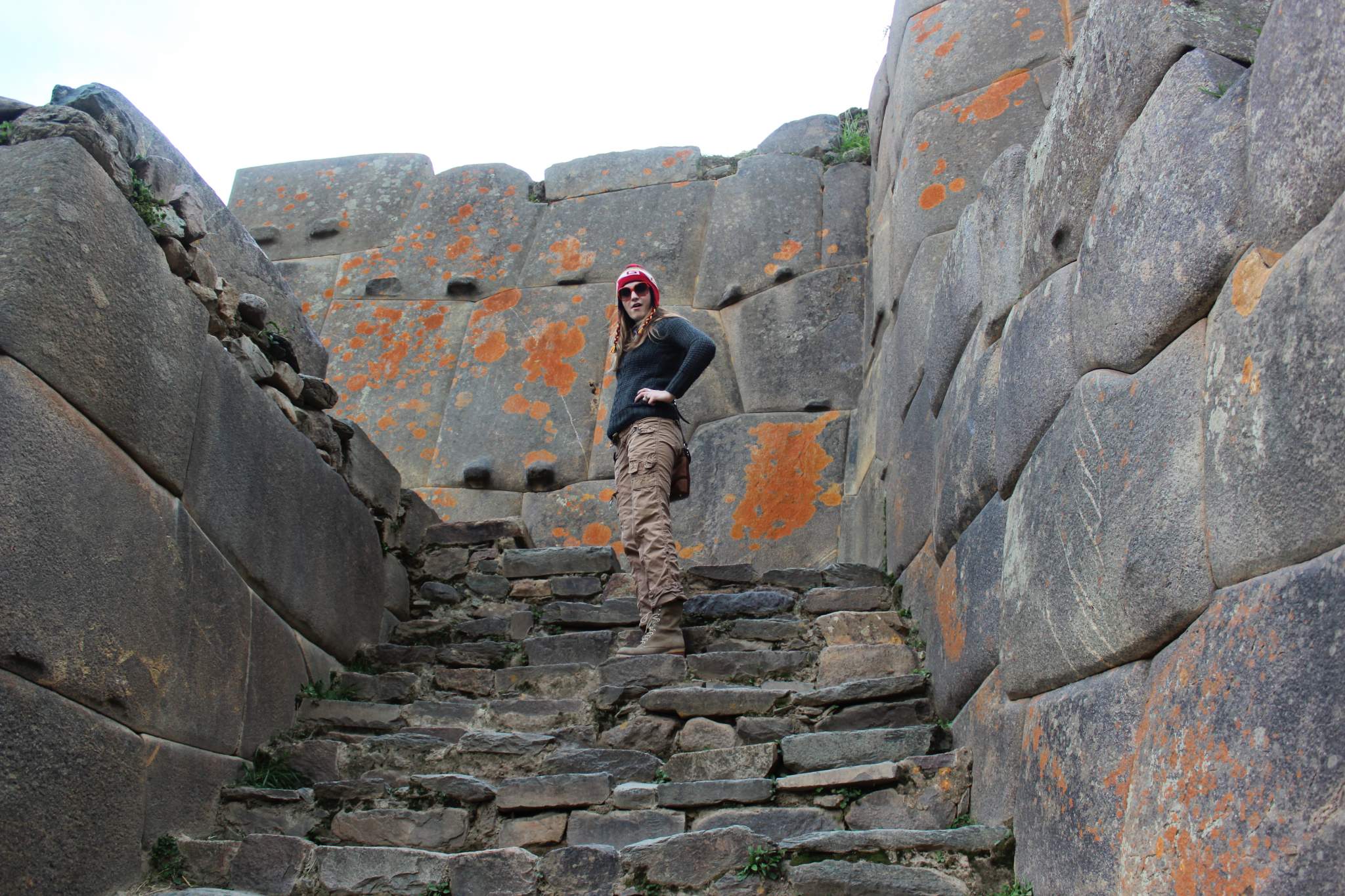
Visiting Mysterius Ollantaytambo Ruins : Peru Travel Guide
Ollantaytambo Ruins is a must stop on the way to Machu Picchu .
This is why its one of the most visited routes in Peru .
Many travelers only visit this town while in transit to and from Machu Picchu , it’s often overshadowed by its larger neighbors .
Its main tourist attraction is the archaeological site (also called fortress) located next to the town.Ollantaytambo means “place to see down”.
These ruins are some of the best-preserved of their kind in all of Peru, alongside Machu Picchu , the city itself preserves its old Inca urban design .
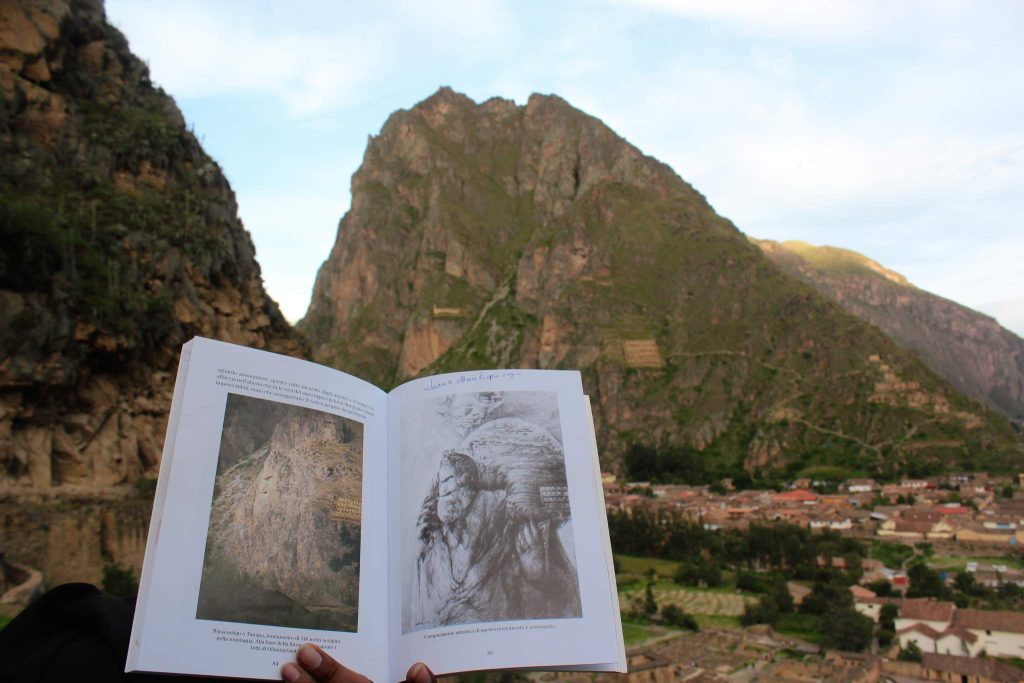
Ollantaytambo ruins history: a royal retreat
Once a country retreat for Inca royalty and nobility, Ollantaytambo is also where the Incas also fought some of their last battles . When the conquistadors arrived, it was Ollantaytambo that stood strongest and its leader Manco Inca led successful campaigns against the Spaniards
Here in 1536 the rebel Manco Inca defeated Pizarro’s soldiers with arrows, javelins, slingshots and boulders, while he flooded the valley below to entrap Spanish cavalry.
After Manco lost the siege of Cuzco, he retreated into the Vilcabamba wilderness behind Machu Picchu to continue his rebellion. There he received from Pizarro the body of his sister-wife, stripped, beaten and mutilated, tied to a raft and sent downstream for Manco to discover.
The ruins date back to mid-15th century and were built under the command of the Inca Emperor Pachacuti. During the Inca Empire, Ollantaytambo Ruins was the royal estate of Emperor Pachacuti who conquered the region, built the town and a ceremonial center. It was designed to demonstrate the great king’s power and pay homage to the gods that empowered him.
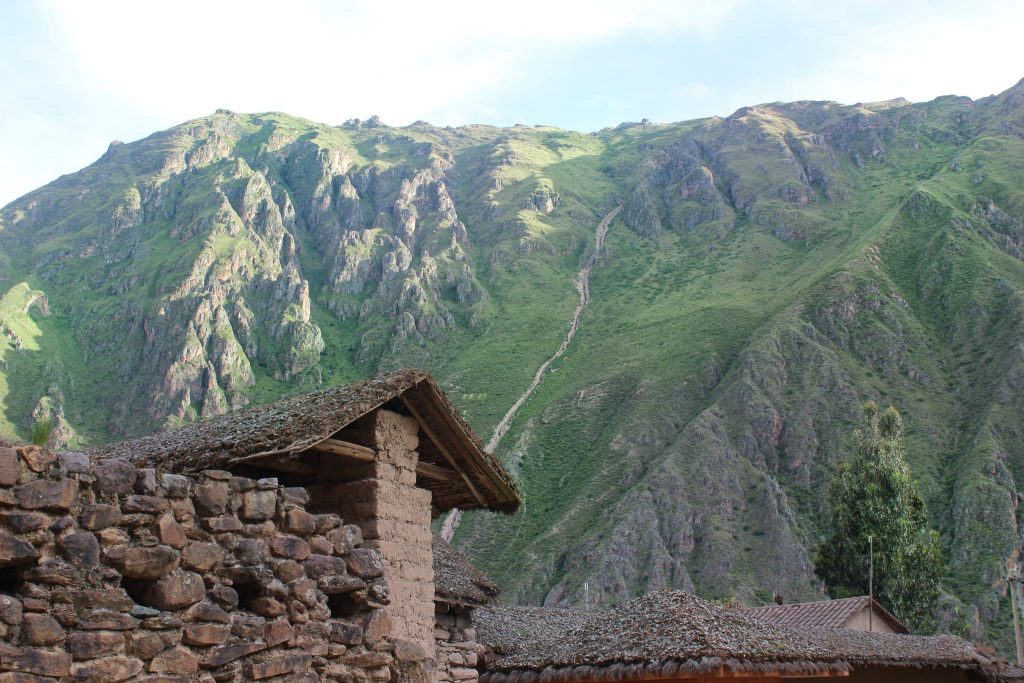
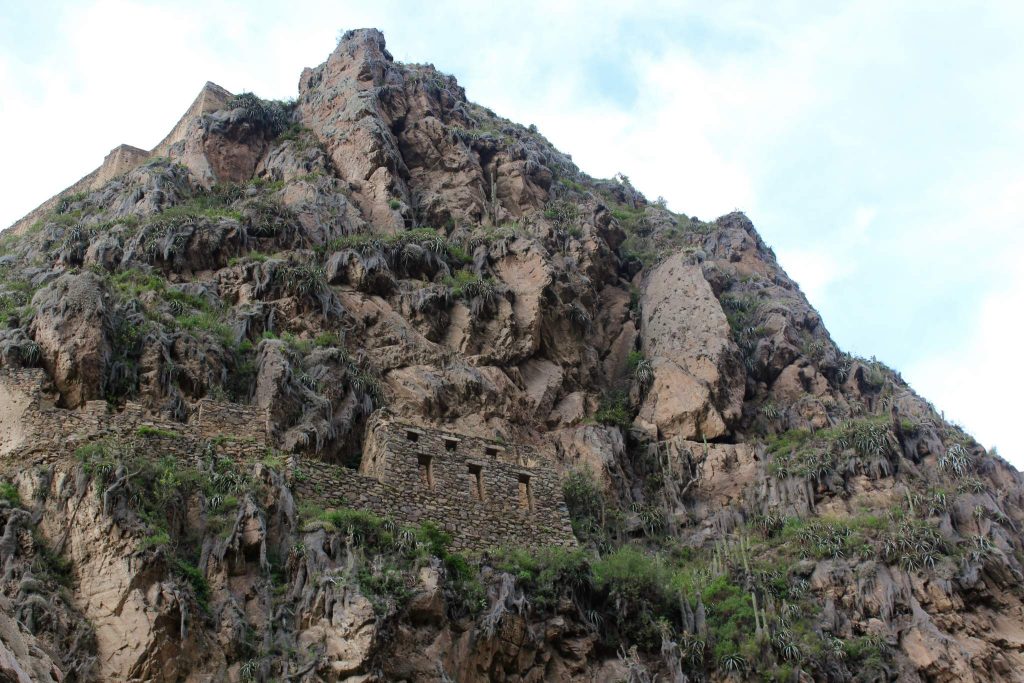
How in the world did they move thosestones?
Schintists added to the mystery that some of the 50-100 tons a piece stones were dragged from the quarry of Chachiqata ( 4km away!) . The effort seems impossible for the ancient people , so of course there are suggestions about the extraterrestrial influence here .
On top there is a Temple of the Sun, the remains of which are composed of massive pink granite blocks, some weighing up to 67 tons. The stone is not local, but from the side of a mountain, way up on the other side of the valley.
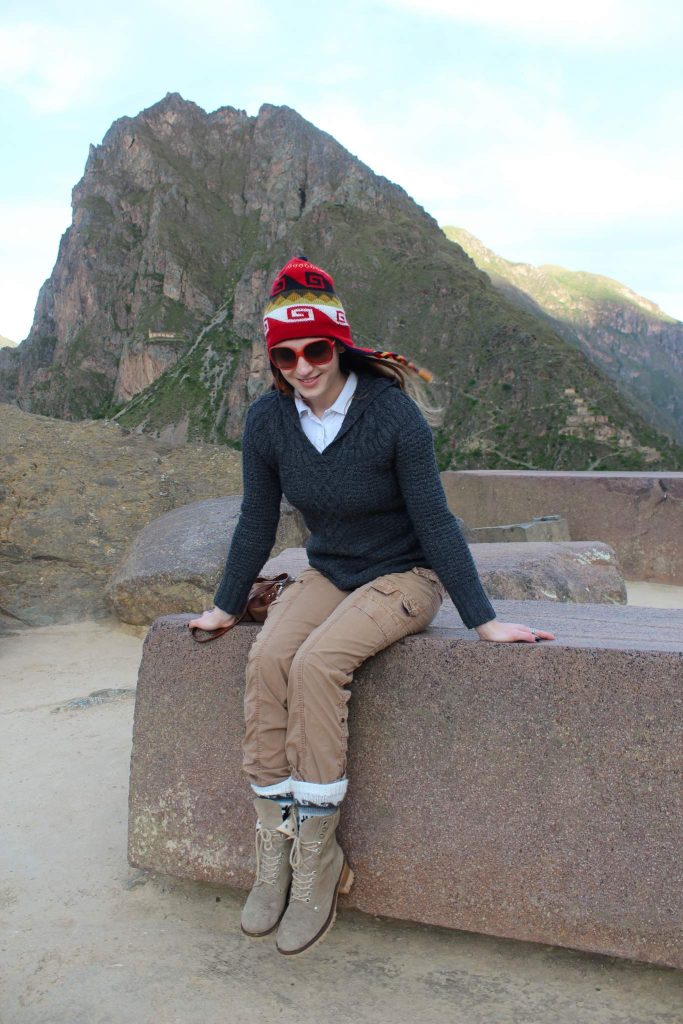
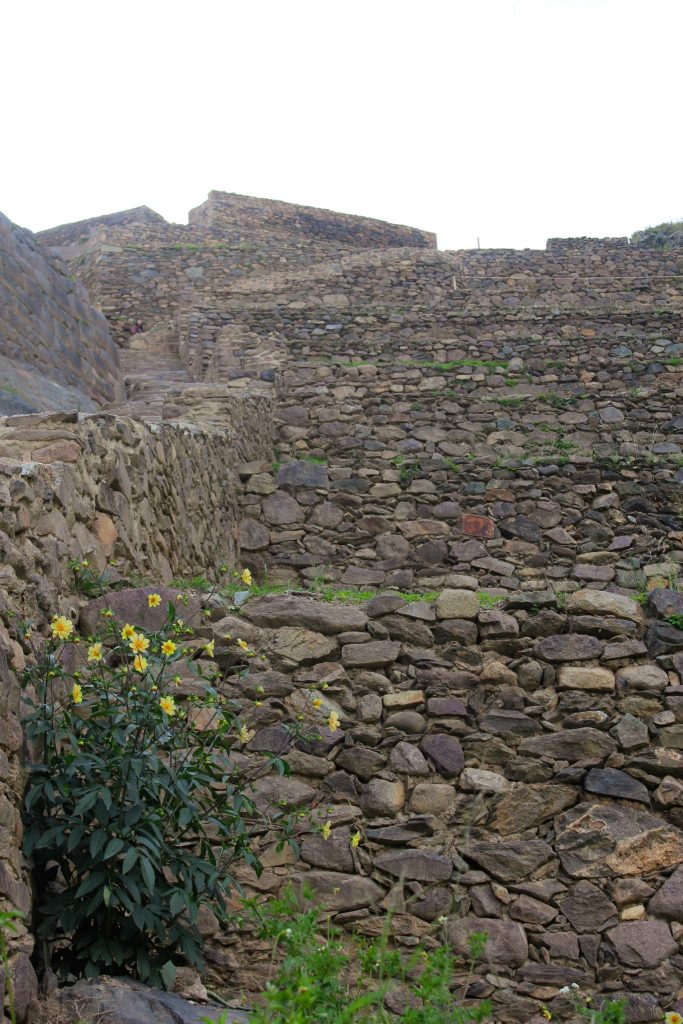
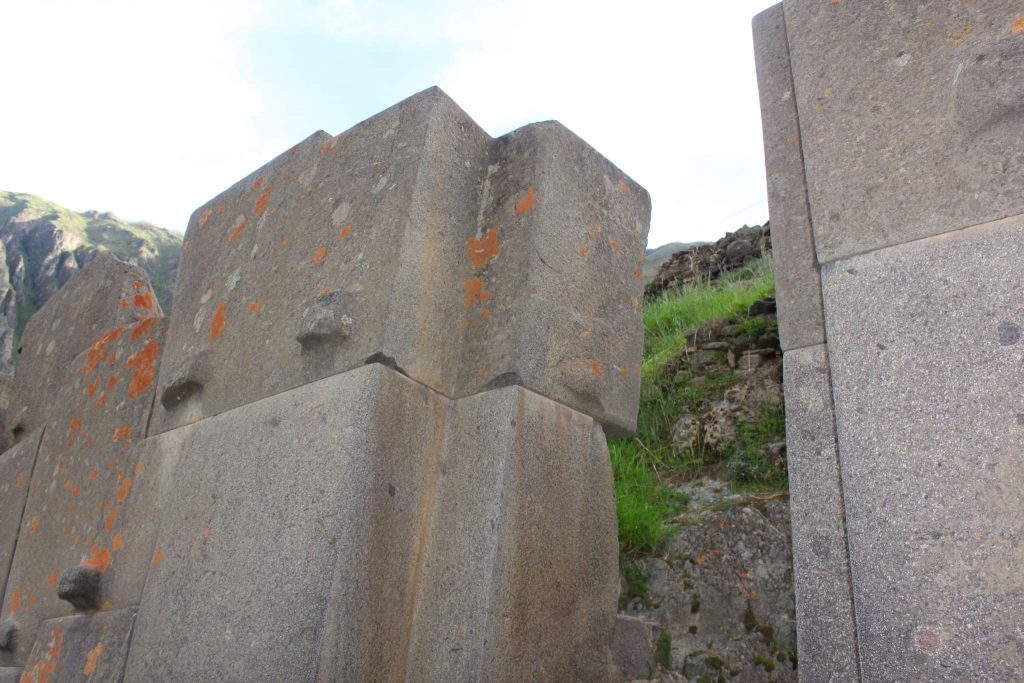
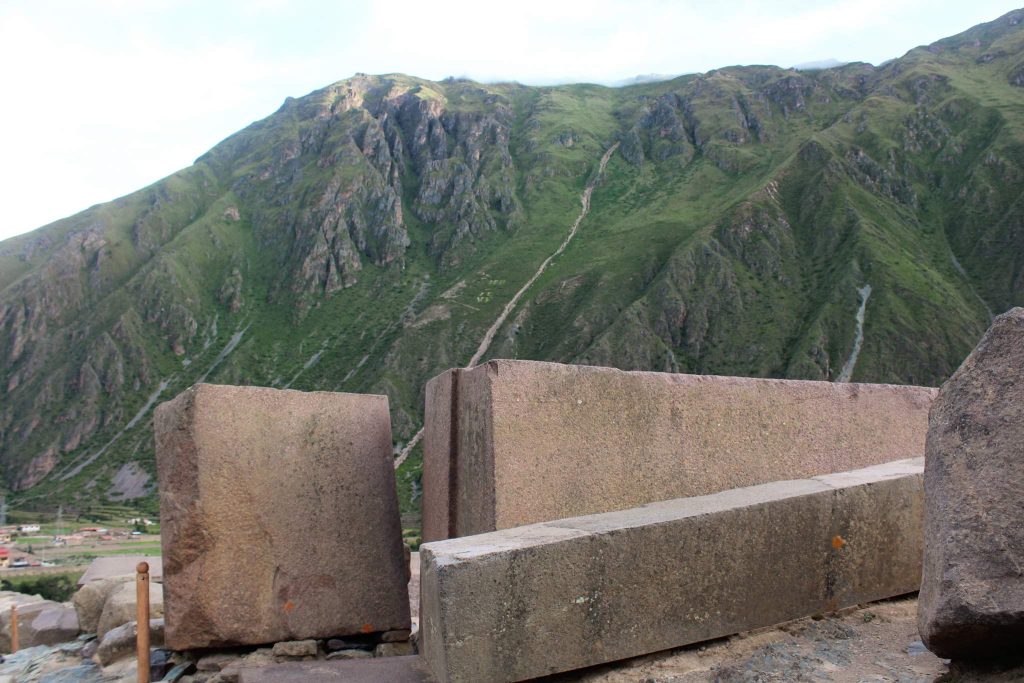
Ollantaytambo Ruins: The Terracing System
The massive terracing system was created by the Inca and is one of the finest examples of their technical mastery.
The valleys along Ollantaytambo are covered by an extensive set of agricultural terraces or andenes which start at the bottom of the valleys and climb up the surrounding hills. It allowed farming on otherwise unusable terrain; they also allowed the Incas to take advantage of the different ecological zones created by variations in altitude.
Terraces at Ollantaytambo Ruins were built to a higher standard than common Inca agricultural terraces, for instance, they have higher walls made of cut stones instead of rough fields stones.
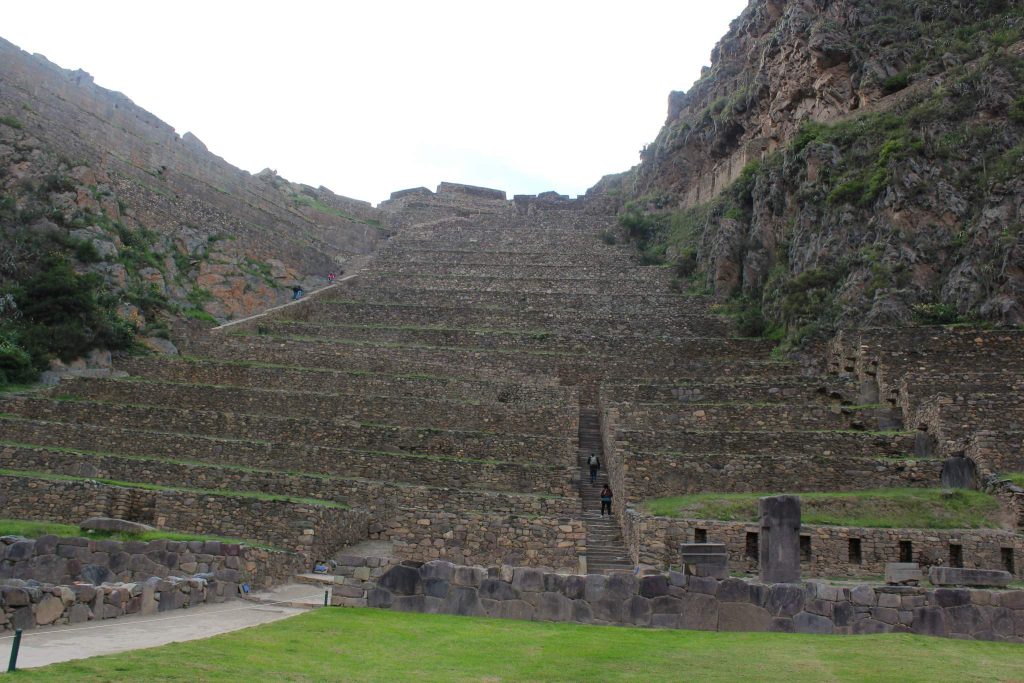
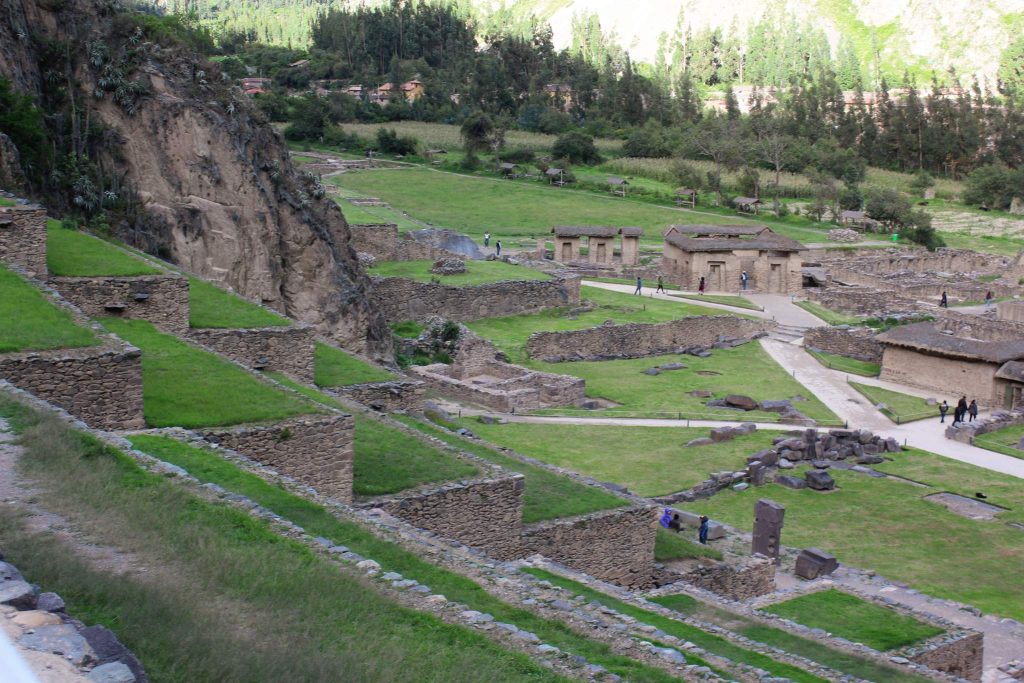
You can see the precision used to place these giant rocks together so accurately . It could have been beyond Inca’s capabilities , or ancient humans capabilities in general . The only metal that could shape this granite, which is very high in quartz crystal content would be hardened carbon or cobalt steel, and even with those materials the work would be very difficult.
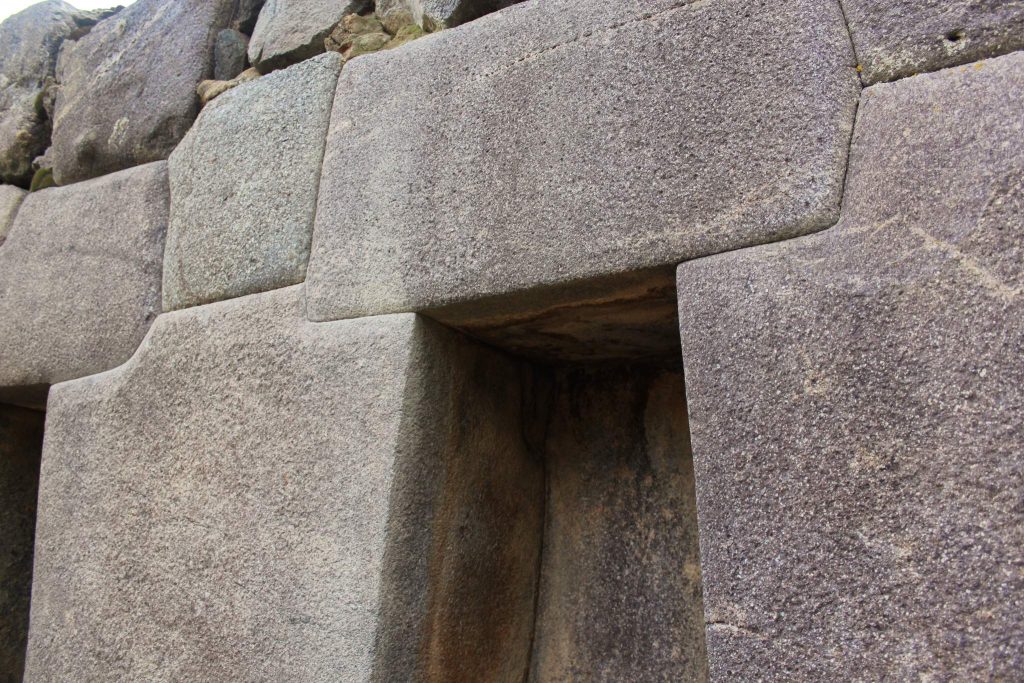
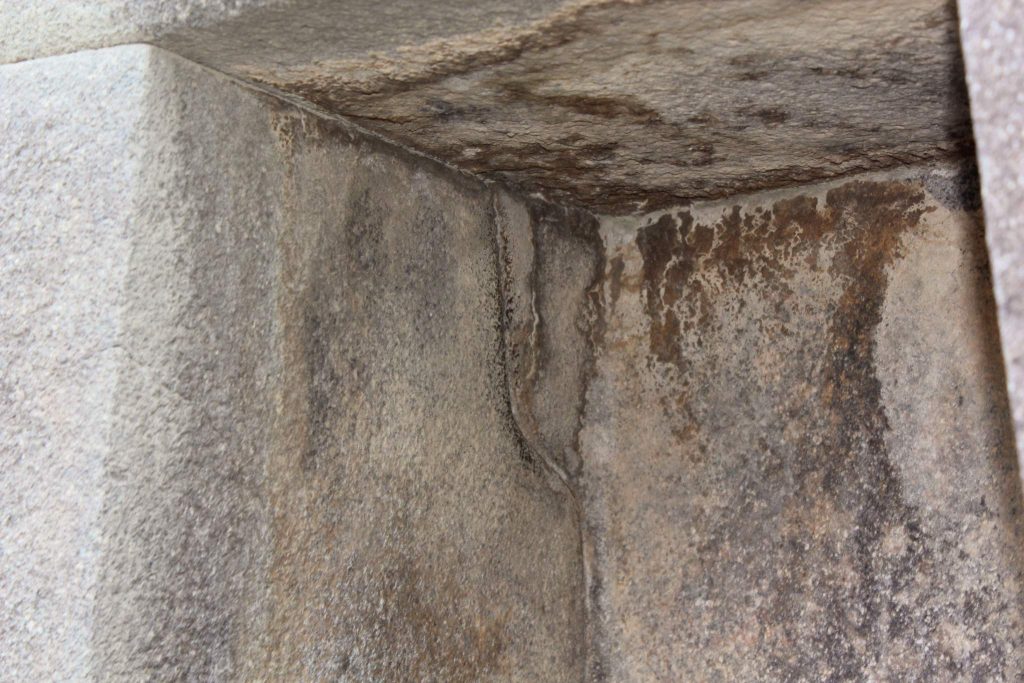
Strange cut out shapes in the bedrock which are quite mysterious.
Ollantaytambo Ruins is geographically aligned with other important archaeological sites of the world such as Machu Picchu, Easter Island (Chile), the Pyramids of Giza (Egypt) and others.
Overlooked by the nearby White Mountain , and not far from Machu Picchu , the Urubamba river cuts through the patchwork of fields that lines the valley just north of Cusco , the Inca capital .
Both , the river and the valley were of great significance to the Inca , who considered them sacred .
Nearly 1,968 feet ( 600 meters) lower than Cusco itself , the valley’s warmer temperature climate , together with its numerous rivers and streams and its rich soil ,helped to make it the breadbasket of the Inca Empire . From it came the abundance of maize , potatoes , fruits and vegetables .
At the southern end of the valley , Pisac has remains of large Inca homes ,terraces , ritual buildings .A footpath leads from the Pisa plaza to the ruined fortress above the town . Above the village of Ollantaytambo , at the northern end of the valley , you can find the ruins of the vast fortress whose terraces and temples cling to a steep bluff. Ollaytambo fortress itself was built on top of the original Inca settlement , and many of the large housing blocks remain intact .
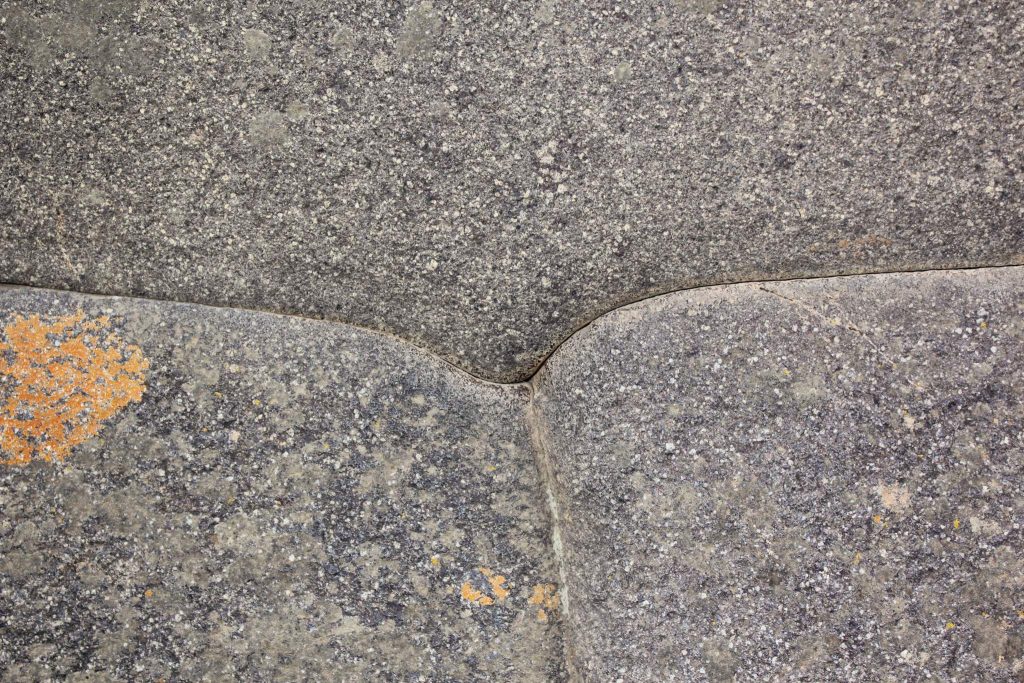
When to go to Ollantaytambo Ruins:
April to May , or October to November . In high season the area tends to get overcrowded . Avoid the rainy season (December – March )
Ollantaytambo is open from 7 am to 6 pm (every day of the week)
Try to arrive early in the morning. This will avoid the tourist groups that start arriving from 11 a.m.
Planning you Ollantaytambo Ruins visit:
The Valley Starts 15 miles (24km) northeast of Cusco . Buses are frequent . Although many tour companies offer a day tour to the Sacred Valley from Cusco , aim to spend at least one night in the Valley itself ,
Hotels and hostels are fairly basic but most are clean and warm . Nights can be very very cold so bring warm clothing!
How to Get to the Ollantaytambo Ruins
Ollantaytambo is easily accessible from Cusco, the nearest big city and the most popular city in Peru for travellers. The journey by car takes around two hours from Cusco .
There is also a train station in Ollantaytambo that takes you to Aguas Calientes (en route to Machu Picchu). The train station makes Ollantaytambo a perfect destination to stop by on the way to Machu Picchu.

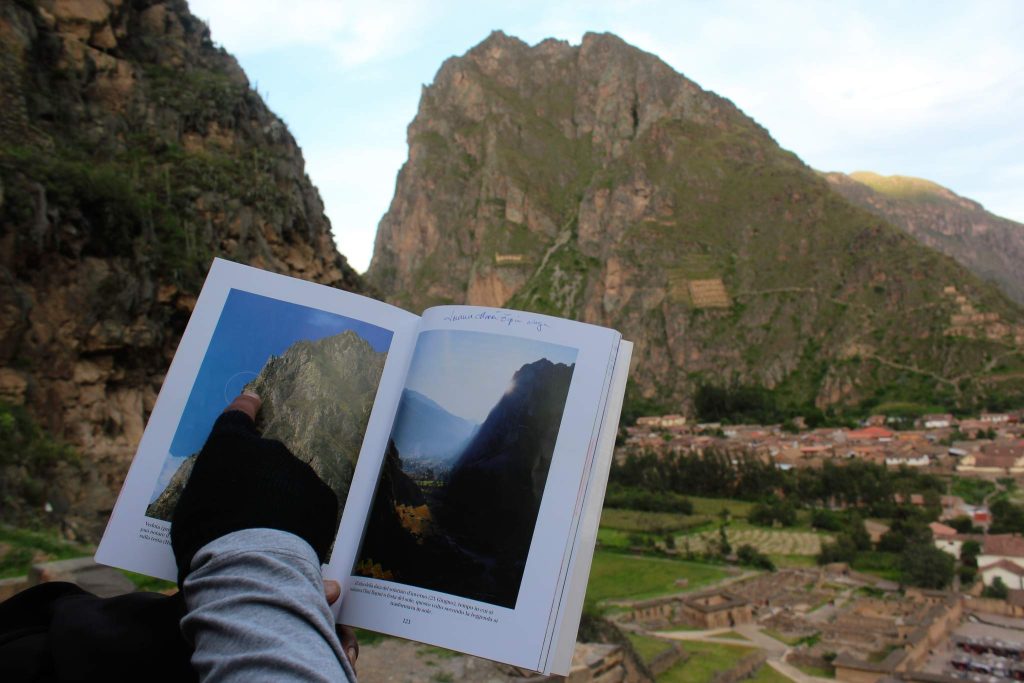


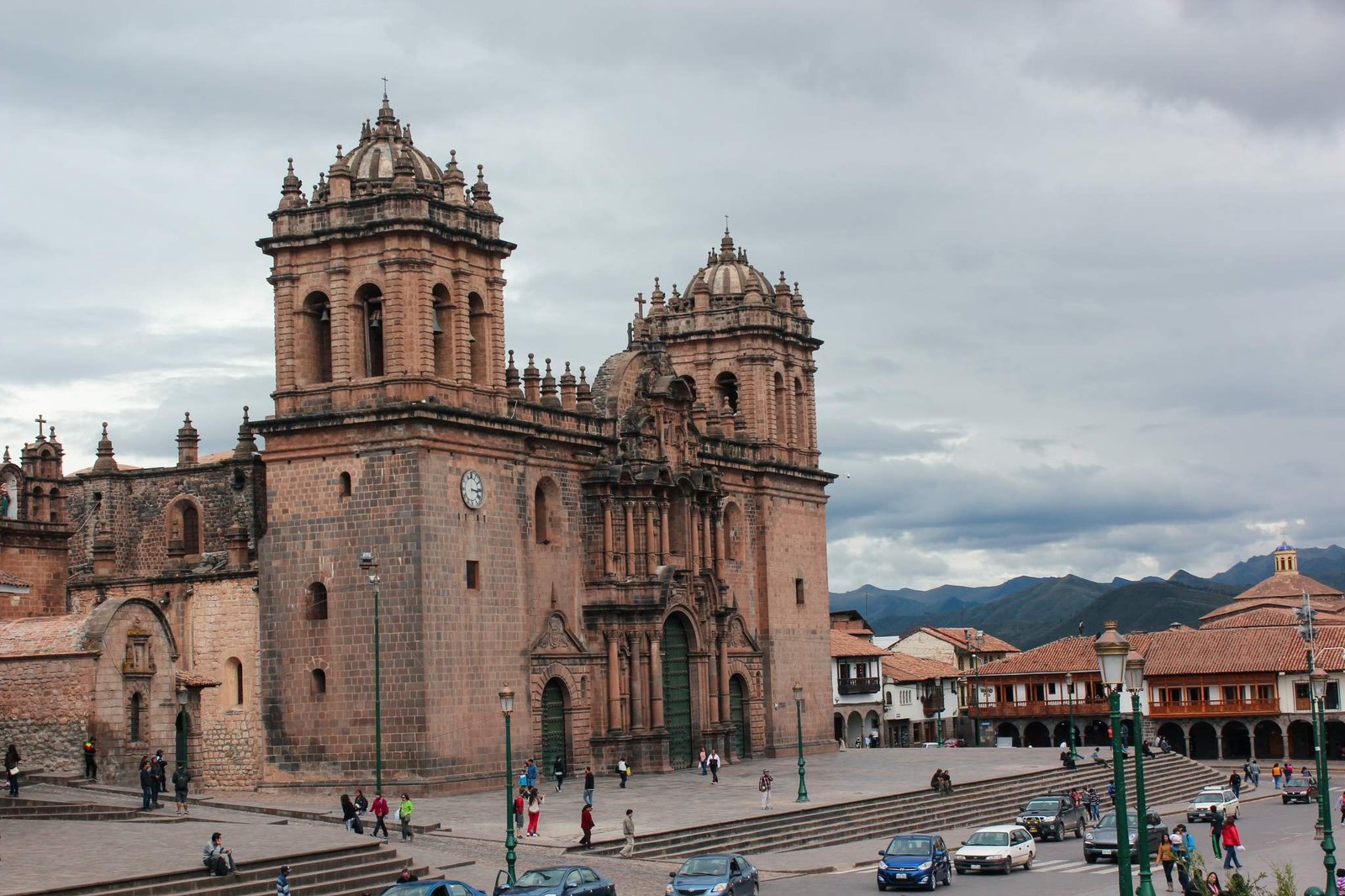
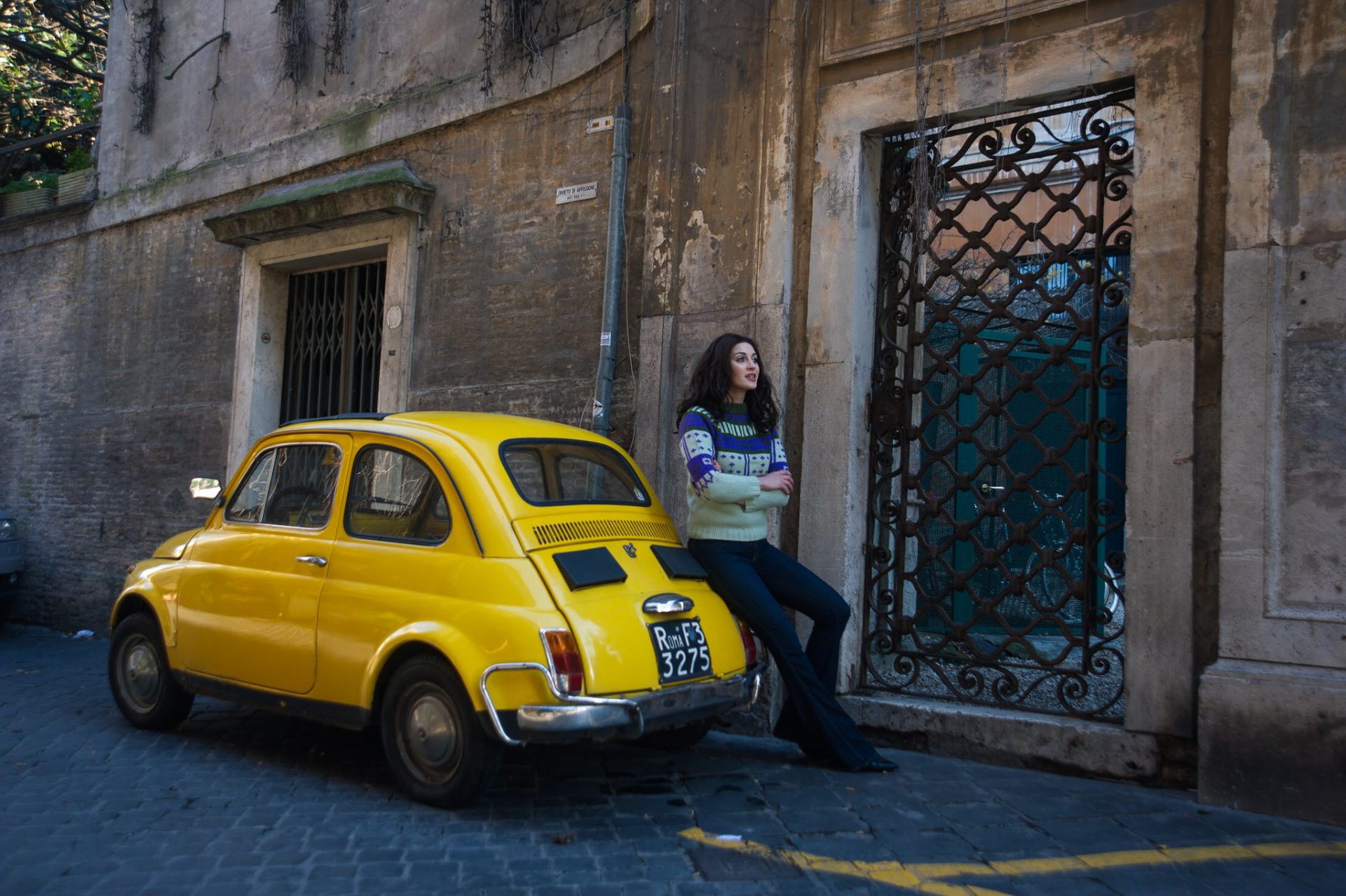
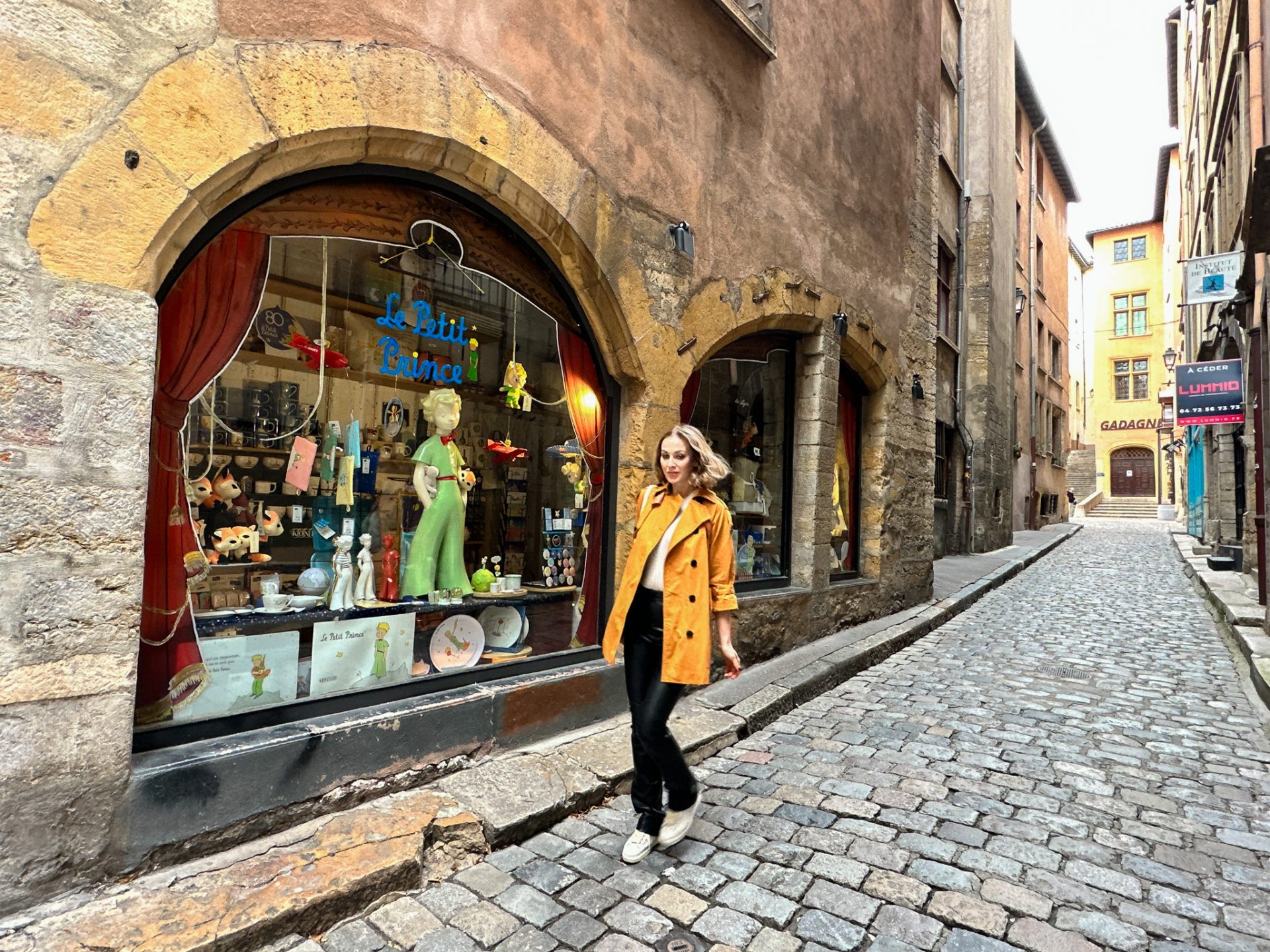
Leave a Reply